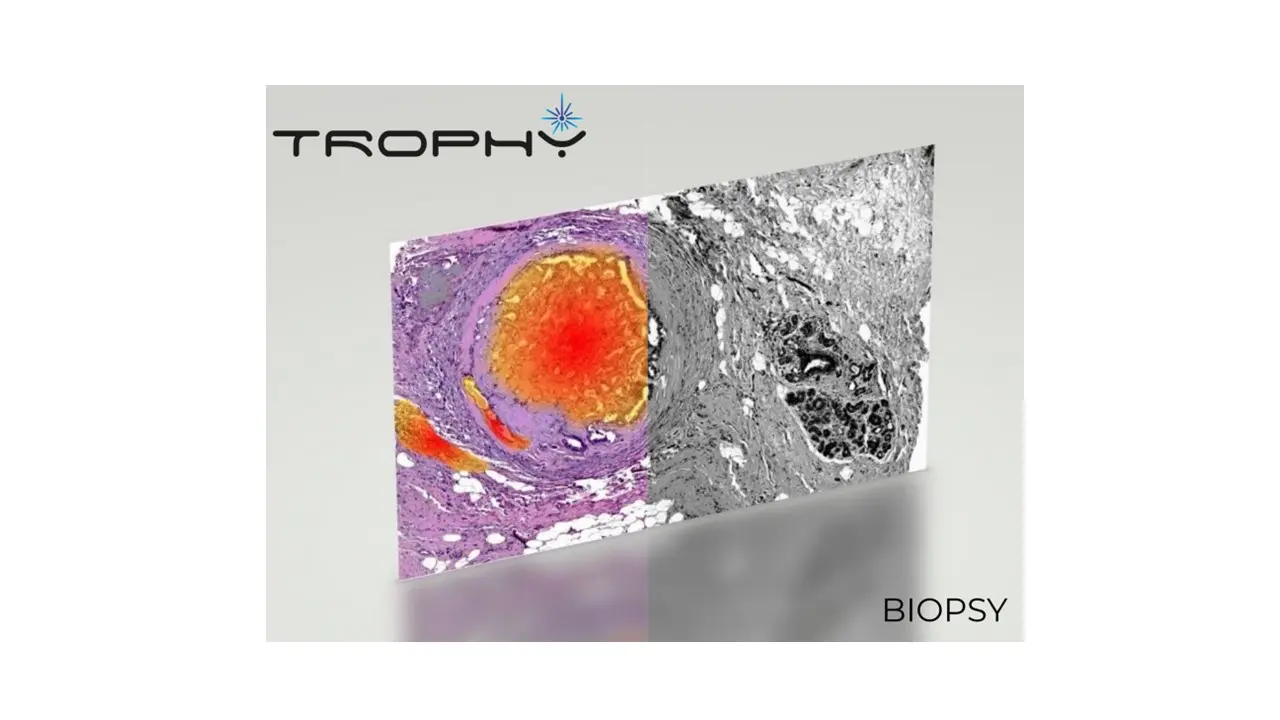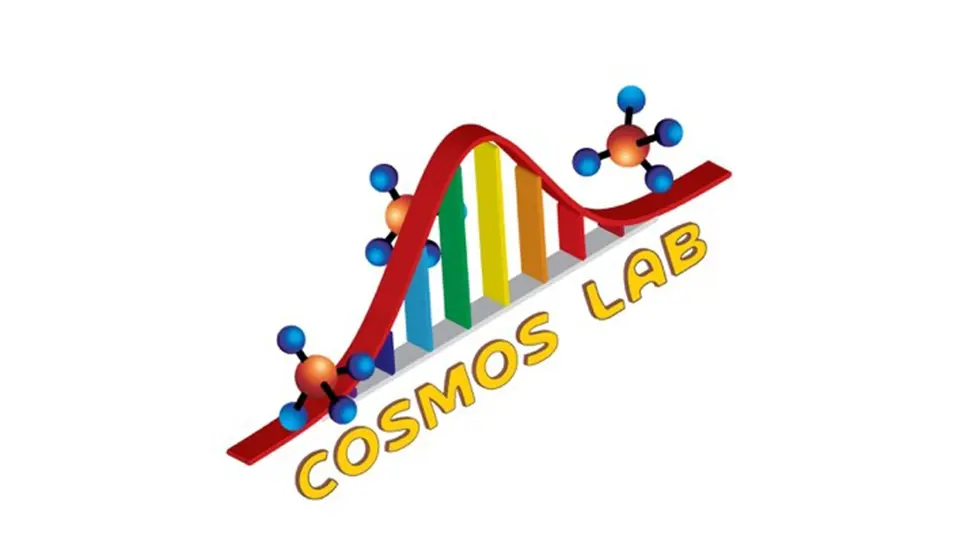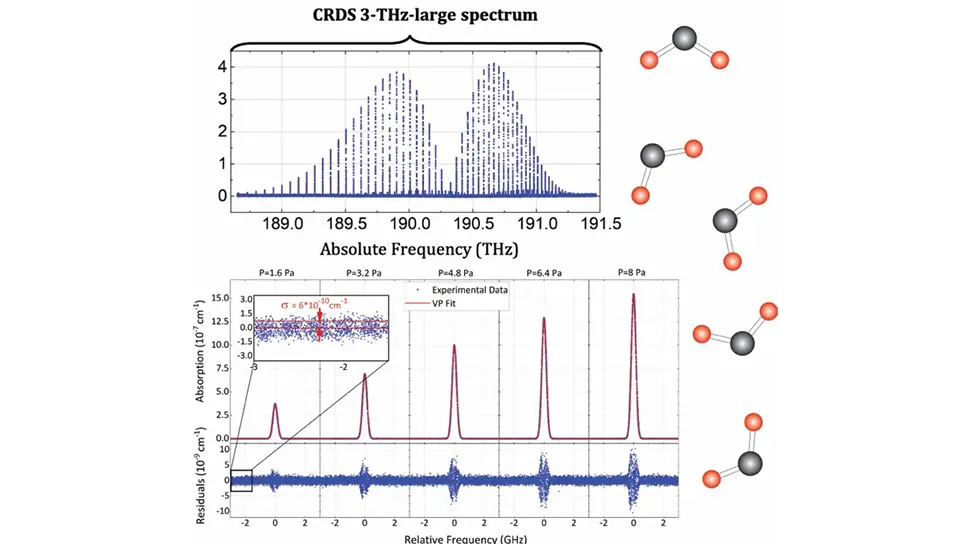COSMOS
Website's ProjectCOSMOS
Website's Project
Many human diseases, including cancer, originate from complex biochemical changes that start deep within cells. Over time, these small alterations accumulate, leading to tumors that are highly variable in their composition—a phenomenon known as tumor heterogeneity. This means a single tumor can contain many different types of cells, each potentially responding differently to treatment. This polyclonality of tumor cells is a major challenge. It complicates both diagnosis and therapy because some cell clones can resist treatment and spread to other parts of the body (metastasis). To fight this, doctors need accurate tools that can identify each of these unique clones in a tumor biopsy. That way, they can deliver personalized therapies designed specifically for the characteristics of that patient’s tumor—improving outcomes and increasing survival rates.
To meet this challenge, we work in COSMOS at introducing a new technique called ulTRafast hOlograPHic FT-IR microscopY, which is the core of a Pathfinder European project led by POLIMI (TROPHY). TROPHY blends several technologies in order to conjugate hyperspectral imaging in the fingerprint region, the richest in terms of spectral detail, high-speed data acquisition and sub-cellular resolution:
• Photo-Thermal Infrared (PT-IR) microscopy: TROPHY borrows the idea of using infrared (IR) light to excite molecular vibrations and a visible laser to detect them, which gives high spatial resolution.
• Fourier Transform Infrared Spectroscopy (FT-IR): It uses time-domain interferometry to analyze the full range of IR vibrations, enabling high spectral resolution.
• Digital Holography Microscopy (DHM): From this, TROPHY takes the ability to sensitively detect in widefield and thus at high temporal resolution tiny changes in the refractive index—essentially, the “optical fingerprint” of molecular structures.
The development of this tool has been involving diverse interdisciplinary aspects, namely: i) designing and optimizing an ultrabroadband femtosecond infrared (IR) source covering the 5.5–10 µm range—critical for accessing the molecular fingerprint region; ii) synchronizing this IR excitation with a visible probe beam and a camera-based detection, enabling ultrafast time-resolved measurements; iii) aligning and fine-tuning a custom-built digital holography microscope, essential for capturing sensitive, high-resolution phase images, iv) acquiring and analyzing hyperspectral datasets under a wide range of excitation and detection conditions to systematically optimize the signal-to-noise ratio, v) selecting and preparing diverse organic and inorganic samples, including biological tissues, to evaluate the system across different application domains, vi) implementing advanced image processing algorithms, including differential imaging and Fourier-Transform-based analysis, to extract quantitative chemical information, vii) investigating the underlying physics of the transient phase changes induced by coherent IR excitation, which is central to the TROPHY mechanism, viii) benchmarking the TROPHY method against existing conventional techniques, to validate performance improvements in spatial, spectral, and temporal resolution, ix) collaborating closely with biologists and medical researchers, particularly for the analysis of tumor biopsies, to ensure the system meets real-world clinical diagnostic needs.


